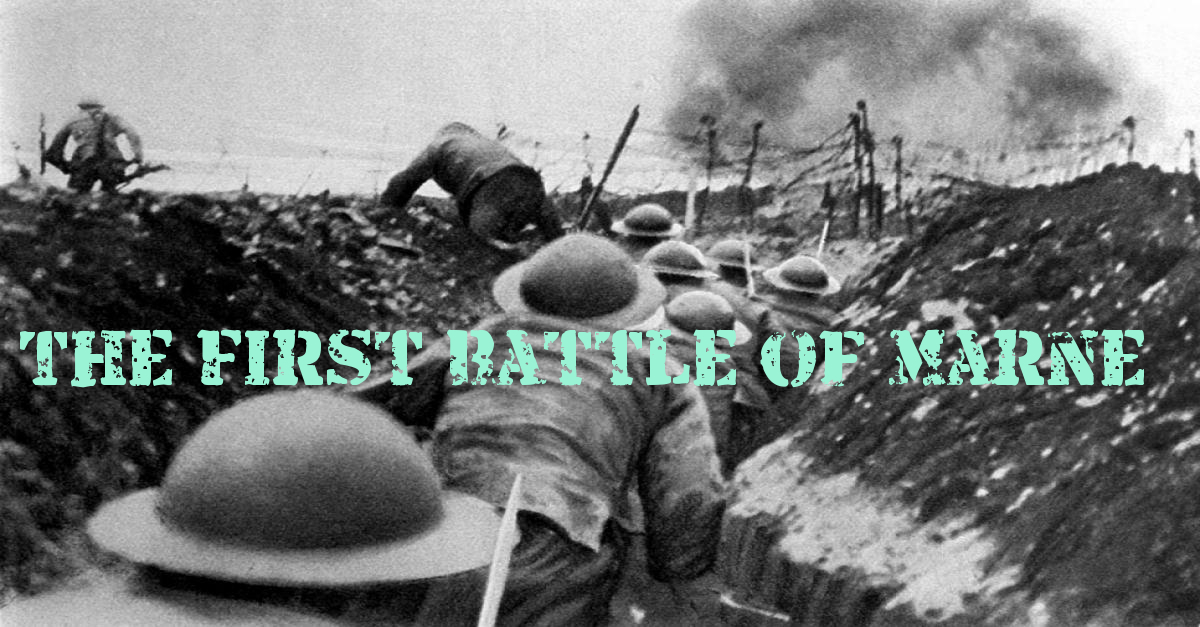First Battle Of The Aisne
First Battle Of The Aisne Thanks to the Great War channel on youtube, I discovered that I missed a battle in my attempt to chronologically… Read More »First Battle Of The Aisne
First Battle Of The Aisne Thanks to the Great War channel on youtube, I discovered that I missed a battle in my attempt to chronologically… Read More »First Battle Of The Aisne
The First Battle of Marne Thus far in the war, the Germans had been making great progress in their advancement. They had already… Read More »The First Battle of Marne

